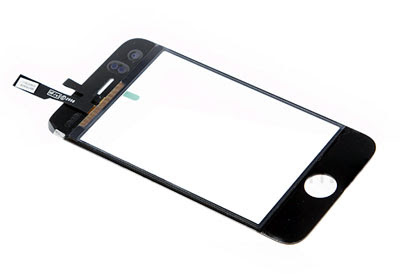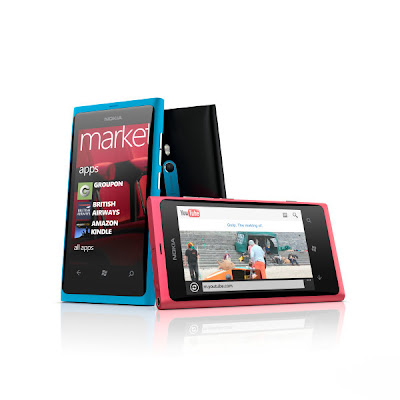Today, MSI has announced the company’s new line of gaming notebooks, on its official website. The two models unveiled are the 15” GE60 and the 17.3” GE70.
Both laptops feature Intel’s yet unreleased
Ivy Bridge CPU and Nvidia’s GeForce GT650M discrete graphics card that is part of the Kepler-based, 600M series.
While we cannot give out too many details about the
CPU, we think that, by now, most of you know that the Ivy Bridge architecture will bring significant power consumption reductions, next to the expected performance improvements.
On the 3D side, Nvidia’s GeForce GT650M has 2 GB of dedicate graphics memory and can reach a score greater than 10,000 in 3D Mark Vantage benchmark using the Performance setting of Futuremark’s software. It’s a DX 11 GPU with PhysX.
Both notebooks weigh less than 3 Kg and are very slim. This is due, in part, to Nvidia’s cool and efficient GPU that doesn’t require a big cooling system.
The cooling system has a Turbo button that, when de-pressed , will automatically increase the rotation speed of the cooling fan to decrease the temperature of the system and increase stability.
Of course MSI’s automatic overclocking technology is present and it’s called TDE. That’s short for “Turbo Drive Engine” technology.
The body of the notebook is sheathed in the latest laser-etched Color Film Print, which is not only cool-looking, but it also protects against scratching and wear.
The GE60 and GE70 also come with “MSI Audio Boost” technology and golden audio jacks next to the built-in earphone AMP that gives headsets superior acoustics.
On the connectivity side, both laptops feature USB 3.0 ports with 4.8 Gb/s speed.
The keyboard is very high quality, it comes with back lighting and is signed by the famous SteelSeries.
The 17.3” LCD screen has a 1920 x 1080 FullHD resolution and comes also with a 720p, 30 fps HD WebCam.
Both notebooks come with a 6-cell 49Wh battery so the 15” model will obviously have a longer battery life than the 17.3” one.
The memory supported is DDR3-1600 MHz and the maximum capacity is 8GB.
While the Bigfoot Gaming LAN adapter is still present, we fear that essential features that were previously exhibited by earlier prototypes were left out.
MSI’s press release doesn’t say a word about the SuperRAID ability previously presented, the eSATA port on the backside of the notebook nor the differential back lighting of the keyboard. Or maybe those features are reserved for the GT models. Let’s hope so!
On the other hand, both GE notebooks come with HDMI and a card reader.
Pricing has not been made available yet, but we do know the exact weight of each model. The GE60 comes with a 2.5 Kg weight, while the GE70 weighs 2.8 Kg. That is around 5.5 pounds for the GE60 and 6.1 pounds for the GE70.



 4/20/2012 10:25:00 PM
4/20/2012 10:25:00 PM
 dannzfay
dannzfay




































